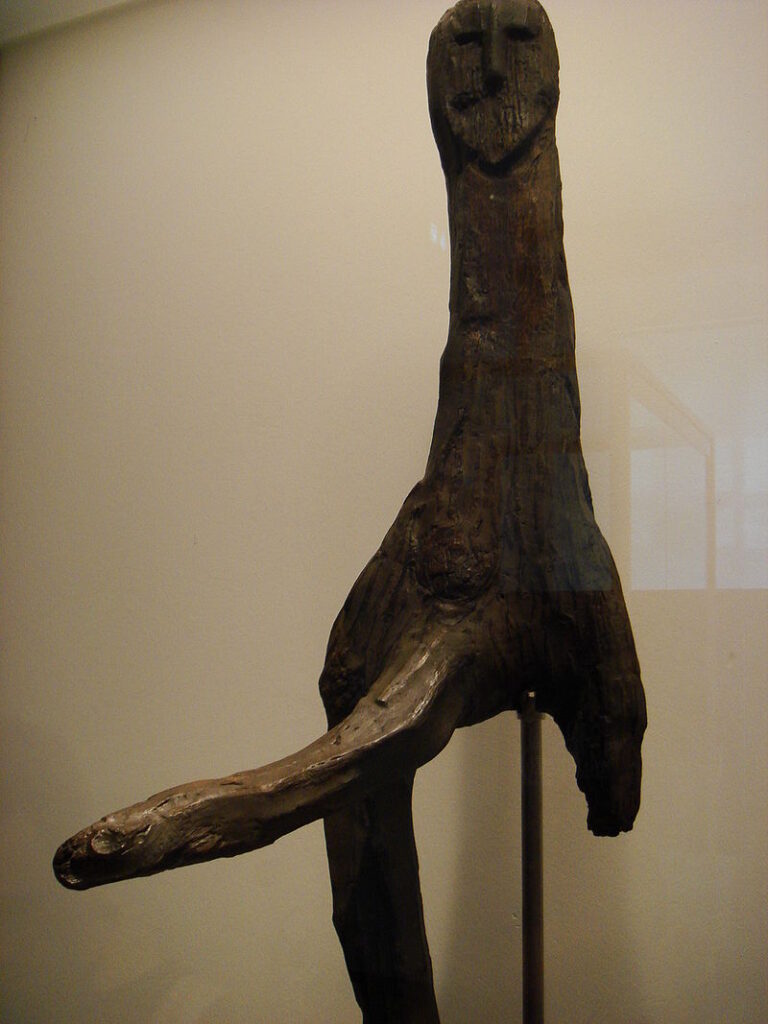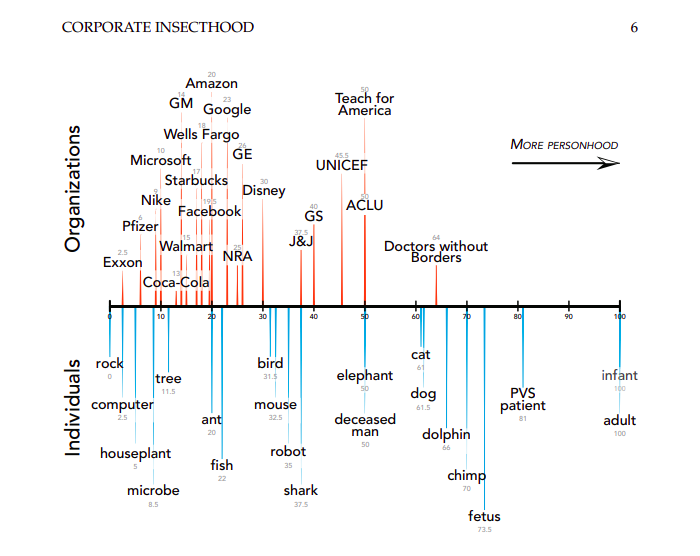
Seagrass conservation is critical for mitigating climate change due to the large stocks of carbon they sequester in the seafloor. However, effective conservation and its potential to provide nature-based solutions to climate change is hindered by major uncertainties regarding seagrass extent and distribution. Here, we describe the characterization of the world’s largest seagrass ecosystem, located in The Bahamas. We integrate existing spatial estimates with an updated empirical remote sensing product and perform extensive ground-truthing of seafloor with 2,542 diver surveys across remote sensing tiles. We also leverage seafloor assessments and movement data obtained from instrument-equipped tiger sharks, which have strong fidelity to seagrass ecosystems, to augment and further validate predictions.
Tiger sharks support the characterization of the world’s largest seagrass ecosystem [TL/DR: they strapped cameras to tiger-sharks, who helped them survey seagrass meadows]
The partaking of the kykeon marked the climax of the famous autumnal ceremony at Eleusis, performed for nearly two thousand consecutive years and whose initiates included essentially all the great names of Greek antiquity. Claims for the potency and revelatory effect of the kykeon and the profound nature of the secrets revealed at the Eleusinian celebration are widespread in Greek literature and historical writings, so there can be little doubt that the rite was of major importance to the course of Greek civilisation or that the potion must have been more than a symbolic sacrament like the Christian Eucharist of bread and wine: the kykeon surely contained a powerful psychoactive substance similar to one of the major vision inducing and psychedelic plant alkaloids that Western science has only recently rediscovered.
Mixing the Kykeon [on the various candidates for psychoactive elements in the Eleusinian mysteries]
Until about a century ago, most people knew a great deal about their immediate material world. Fewer and fewer do today, as commodities circulate with ever greater speed over greater distances. Because of the sheer complexity of contemporary production, even the people who do have professional responsibility for making things – the engineers and factory workers and chemists among us – tend to be specialists. Deepened knowledge usually also means narrowed knowledge. This tends to obscure awareness of the extended production chains through which materials, tools, components and packaging are sourced. Nobody – not an assembly-line worker, not a CEO – has a comprehensive vantage point. It is partly a problem of scale: the wider the view comes, the harder it is to see clearly what’s close at hand.
Material intelligence, Glenn Adamson [falls short of full demand for agency, and slides into aesthetic appreciation, but I like the phrase]
Mari’s choice to embed pedagogical clarity into the very structure of his furniture is a powerful antidote to the obscurity of contemporary production processes (and, by extension, their products), which are usually conceived in such a way that the technologies, skills, supply chains and forms of labor converging in the realisation of most everyday objects remain largely invisible to the final users. This built-in impenetrability is further compounded by the distractions of marketing typical of today’s attention economy. Even the adoption of an apparently innocuous format such as the how-to manual—a staple of DIY culture and amateur craft—becomes a tool of empowerment against a system designed to ensure, says Mari, that “the number of ignorant people be the largest possible.”
Furniture As Comrade: Enzo Mari’s Autoprogettazione

Anthropomorphic wooden cult figurines, sometimes called pole gods, have been found at many archaeological sites in Central and Northern Europe. They are generally interpreted as cult images, in some cases presumably depicting deities, sometimes with either a votive or an apotropaic (protective) function. Many have been preserved in peat bogs. The majority are more or less crudely worked poles or forked sticks; some take the form of carved planks. They have been dated to periods from the Mesolithic to the Early Middle Ages, including the Roman Era and the Migration Age.
Anthropomorphic wooden cult figurines of Central and Northern Europe

Whether the corporation should be considered a person is a matter of active academic and public debate. Here, we examine whether, and in what ways, ordinary citizens conceptualize the corporation as a person. We present evidence that corporations are anthropomorphized, but only to a certain degree. Compared with other entities, the average corporation is considered about as similar to a person as an ant. Corporations differ in the extent to which people are willing to grant them personhood however, and this pattern is predicted by how salient the organization’s mental and moral traits are. This process of anthropomorphization has important downstream consequences, increasing support for granting legal rights and responsibilities to corporations. Because our studies show that this relationship also obtains for animals, we conclude that perceptions of corporate personhood draw on a more general set of rules for assessing an entity’s personhood.
Corporate Insecthood [via Matt]
“Ignorant humans! Heedless, unable to recognize in advance the difference between future good fortune and future bad. In your heedlessness, you have made a big mistake, a mistake without remedy.“
In one of her last public speeches Ursula Le Guin called for “realists of a larger reality”. She underlined that we need people “who can see alternatives to how we live now. Who can see through our fear-stricken society and its obsessive technologies to other ways of being, and even imagine some real grounds for hope.”
In 2021, those real grounds for hope might seem even more fragile or unsteady. The tentative new ways, or rediscovered old ways of living can easily become overwhelmed with increasingly shrill demands to ‘return to normal’. Yet how ’realistic’ are these demands? What can be considered ’normal’ today, next week, next year or the next decades? Instead of returning to ways that have led to our current problems, what other ways of living, being and working could be more realistic?
Comments are closed. Feel free to email if you have something to say, or leave a trackback from your own site.